Here are 10 tips on how to spot a flood-damaged car following hurricane Ian:
- Be smart when shopping
- Monitor the smell
- Look for signs of moisture
- Check for corrosion
- Inspect any fake fabric
- Perform a test drive
- Inspect the oil
- Look for soggy signs
- Inspect the dirt
- Hire a professional
Flood causes damage to properties and vehicles around the world. Hurricanes are increasing, and one of the recent ones is hurricane Ian. This hurricane resulted in thousands of people leaving their homes and their valuable investments, like their vehicles behind.
After a hurricane, most people who had flood-damaged vehicles typically try to sell them. But unfortunately, several people take advantage of the uneducated public and sell their flood-damaged cars as regular vehicles.
To avoid purchasing a flood-damaged car following a hurricane or following any natural disaster, you need to implement certain tips that automotive experts typically put together.
Consumer Reports keeps us updated with recommendations from experts on how to spot a flood-damaged car following a hurricane, including hurricane Ian. This article provides a detailed summary and some additional recommendations from our team.

How to spot a flood-damaged car following hurricane Ian?
When you want to purchase a used vehicle, you do your best by test driving this car and looking for history reports to learn more about the car.
Unfortunately, not only deals are typically included in most history reports, according to experts. “Of course, vehicle history reports are not all-inclusive and are no guarantee that a vehicle is problem-free, but they're a valued aid in screening potential cars. Ultimately, a detailed inspection is a consumer's best protection.”
Since you're going to invest a lot of money in purchasing a vehicle, you need to do it right. Unfortunately, considering what's going on in Florida, we expect the used car market to be flooded with water-damaged vehicles.
Here's a detailed summary of Consumer Reports recommendations on how to spot a flood-damaged car:
1- Be smart when shopping
The first and most important thing to do when shopping for a new vehicle is to be smart. Unfortunately, considering what's going on in the market nowadays, there is a potential that people will be putting flood-damaged vehicles for sale.
If you're not an expert, you might want to spend some time finding a reputable location to buy your car. If you're not familiar with dealing with public sellers, you might want to go ahead with a dealership you trust and buy your vehicle from there.
Of course, dealerships typically ask you for more money for any vehicle you can find thousands of dollars cheaper outside; it's worth it in this scenario. Moreover, paying extra money for the dealership will protect you from severe consequences that might cause you to lose your entire savings.
2- Monitor the smell
Despite the location we buy your vehicle from, one of the most important things you must look for as your shopping is to look for smells like mold or musty. This is the typical smell for any flood-damaged vehicle that you should be looking for.
Thus, detecting that weird smell is an important tip for spotting a flood-damaged car following a hurricane. Sometimes the buyer will be very smart and might use extremely strong refreshing or air freshener to cover the smell.
In that case, you have to be very suspicious and consider checking other options if you're unable to detect why the seller is trying to hide the vehicle's smell.
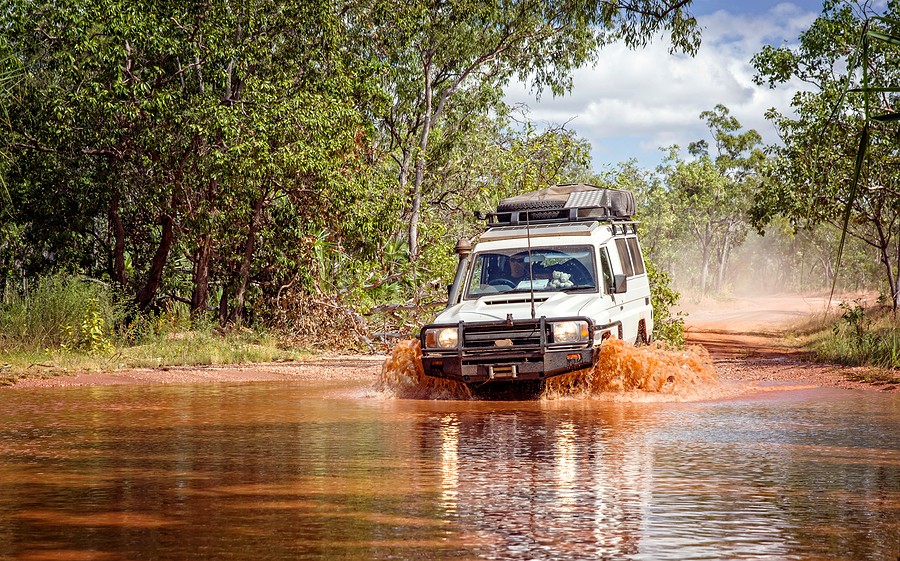
3- Look for signs of moisture
You can also perform a quick inspection throughout the vehicle. Take a look at areas where it's hard to dry or clean. These areas are typically the locations that help you detect whether this vehicle was flood-damaged or not.
Look around the corners and under the seats, and between the buckets. If you feel that these areas are wet or have moisture, this is a clear sign that you should leave the deal and find a better vehicle.
No matter what the seller does to hide the moisture if you're smart enough, you should be able to find any leftover areas that the driver could not dry out. Spend time and effort while inspecting the vehicle because this is a huge investment, and it's not something you can lose.
4- Check for corrosion
In most scenarios, if the vehicle was flood-damaged after a hurricane or any extreme weather condition, corrosion will build up around areas that are not protected.
When extreme weather condition happens, it brings a lot of debris and contaminants that could scratch the paint job on the vehicle. When the paint is scratched, the protective layer will be gone, and that's when moisture can get inside the metal components and cause some corrosion and rust.
If you realize that the vehicle has a lot of rust all around and in some areas that are scratched, this could be a clear sign of a flood-damaged car. Therefore, you don't need to spend more time looking for how to spot a flood-damaged car following a hurricane because you have already detected it.
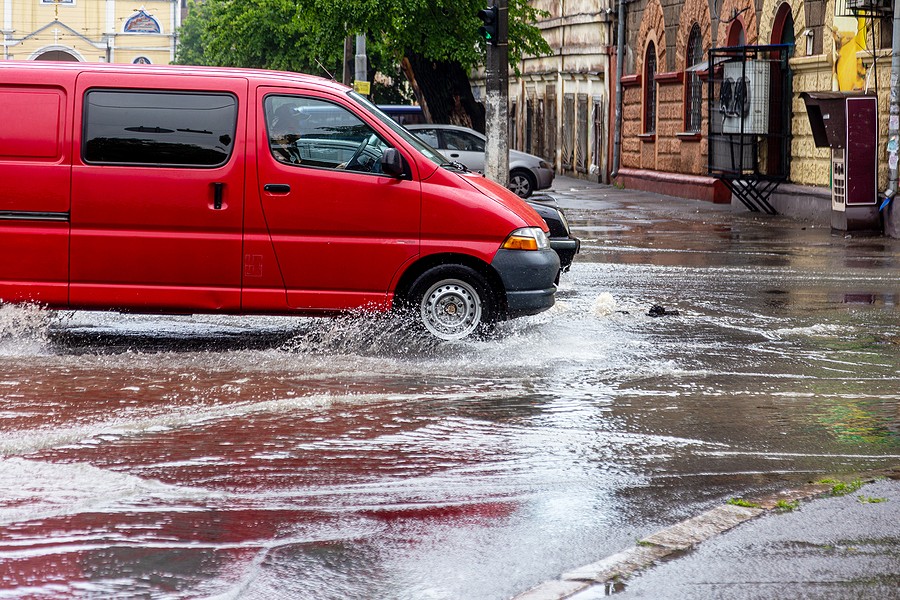
5- Inspect any fake fabric
When the vehicle is flood-damaged, sometimes the sellers might spend effort and money trying to cover the problem. For example, they might purchase some new fabric to cover the upholstery that was completely damaged in flood.
That could be a clear sign of a flood-damaged vehicle. Look at all the seats and see if you can find some colored mismatch or any fake fabric hiding something. If that's the case, it could be a clear sign that you should leave this deal and buy another vehicle even if it costs you more.
6- Perform a test drive
No matter what you're buying and no matter what you're dealing with, you get out to test drive any vehicle you are purchasing. So even if this vehicle is brand new, you still need to test drive it.
As you're driving the car, when the vehicle has some problems related to water, you'll notice it most likely around the electric system fear; for example, you might feel that the battery is not behaving as it should, or the headlights and other components might not be performing properly.
In that case, you might want to spend more time inspecting the rest of the vehicle, looking for additional signs to confirm your thoughts, and leaving the vehicle if it's flood-damaged.
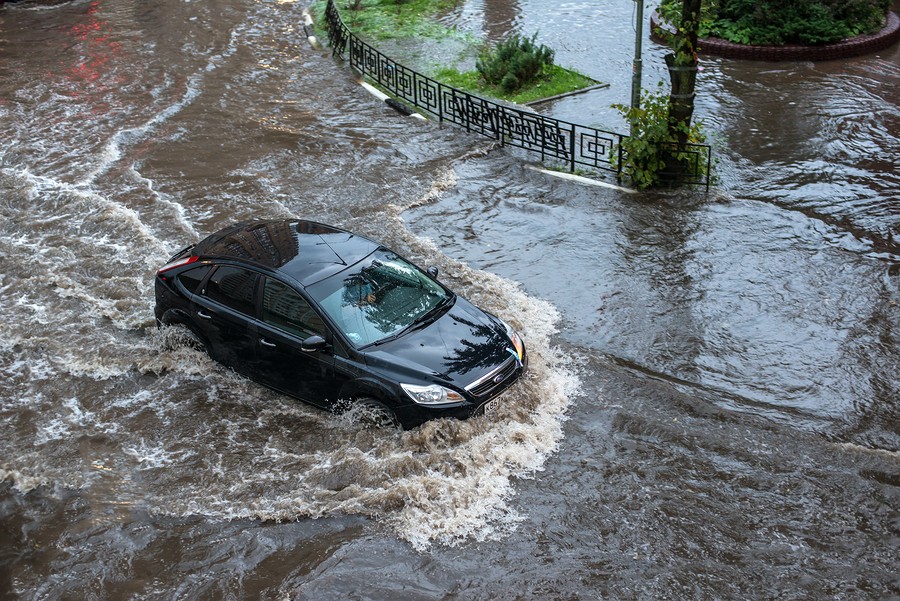
7- Inspect the oil
Did you know that flood damage can impact the fluids in your vehicle significantly? Experts indicated that when water gets inside areas like the oil pan, it messes up the oil viscosity and thickness. It also could impact its color.
Therefore, you might need to do a quick oil check to see if the color is weird or if the oil is watery. It should be. You might need to look quickly at the current vehicle that does not have any problem and from layers herself with how oil should look to spot the difference.
8- Look for soggy signs
The other thing you might want to check is areas where the driver could not clean. For example, the headlights might look a little duller or foggier than before. In that case, this could mean that water was accumulating behind the headlights, and the seller could not eliminate the issue.
Also, you might want to check the mirrors and see if the interior and exterior mirrors are not OK because they could indicate some signs of flood damage.
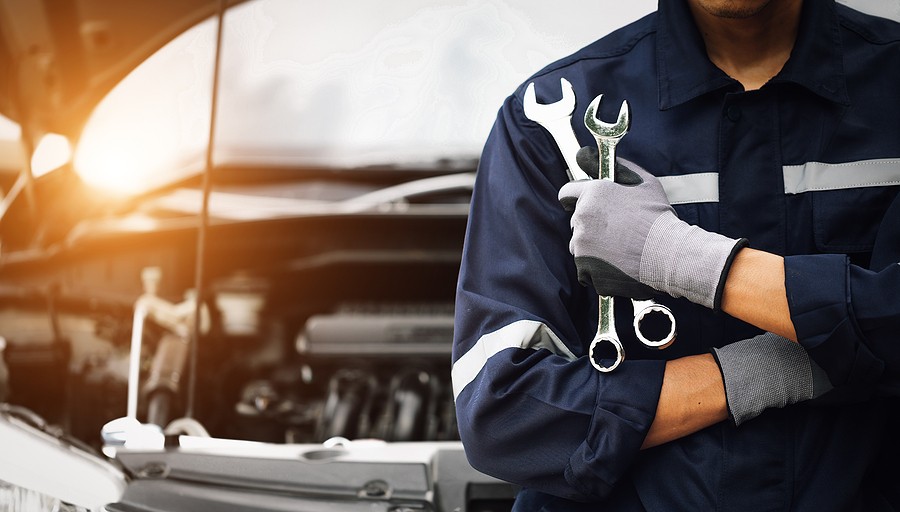
9- Inspect the dirt
When a vehicle is flooded with water, dirt will accumulate around unknown locations. For example, you might want to look at areas around the glove compartment or probably the engine services. Next, look at the trunk and inspect under the dashboards. Next, spend some time checking the seats and the seat tracks. Finally, look around the wiring and in areas close to the wheels.
The vehicle was most likely flood-damaged if you realize that dirt accumulates around most of these areas. This is because the driver will have the chance to clean much of the dirt but might not pay attention to these minor components and will not clean areas like those close to that electric system.
10- Hire a professional
Finally, if you're not feeling comfortable detecting all these problems and are still nervous about wasting your life-saving investments, you might want to spend additional money to hire a professional.
By hiring a professional, you'll have peace of mind that you're buying a good vehicle without flood problems. But, of course, the last thing you want to do is to save on hiring a mechanic so you don't pay an extra 100 or $200 and then end up with a flood-damaged vehicle!
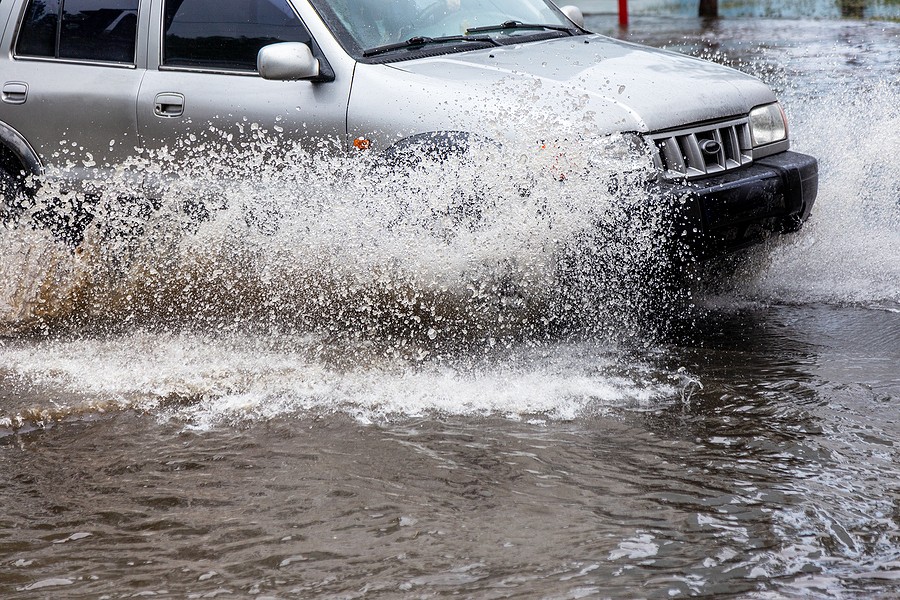
What to do if I want to sell a car in an area affected by a flood?
As you might have noticed, people will now be nervous about purchasing a vehicle coming out of areas affected by floods, like what's happening in Florida after hurricane Ian.
However, there are going to be some vehicles that are in good condition, and we're not flooded. So, if you're one of those people trying to sell this car, it can be challenging to convince people to buy your car knowing where it was and what happened in your area.
This does not mean you cannot sell your vehicle because it overtakes you a couple of extra steps to convince the buyers of your vehicle without any concerns. For example, you might have a professional vehicle inspection, or you might want to encourage the buyer to inspect your car before purchasing it. This way, the buyer can have peace of mind about the vehicle's condition and will buy it immediately.
If you want to convince the buyers to buy your car immediately and you're still concerned that they're not going to consider it, you might want to offer them a free mechanic inspection. This will build some trust, but not everybody is willing to do that, especially if the vehicle is not extremely valuable.
Therefore, it will all depend on your situation and whether you can invest some time and effort trying to convince the potential buyers. However, if you still have a hard time selling your car, a cash car buyer is always here to help you buy your vehicle, regardless of type or condition.
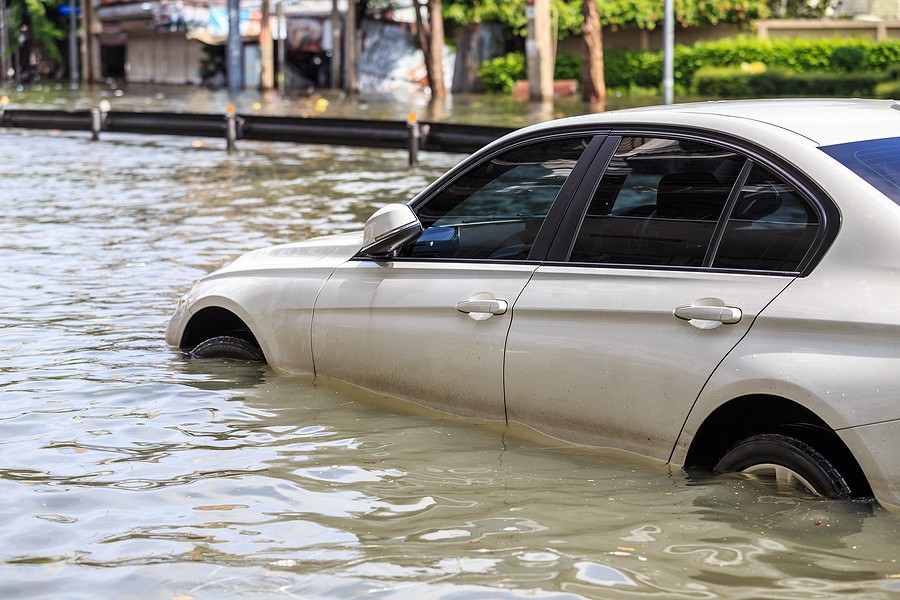
Final thoughts
Following any typical hurricane or natural disaster that has to do with water, experts realize that the used car market gets filled with flood-damaged vehicles. So, unfortunately, tons of people get scanned and purchase such vehicles.
To avoid buying a car with flood damage, automotive experts put together a list of tips and tricks to help you spot a flood-damaged car following hurricane Ian.
If you are the current owner of a flood-damaged vehicle, you can still sell it and make some money without needing to scam people. For example, you can check out Cash Cars Buyer, who is more than happy to buy your vehicle and pay the top dollar it deserves!
Cash Cars Buyer is one of the top-rated car removal companies in the nation that guarantees to pay you the top dollars and provide you with free towing despite your living location around the United States.
Our process is very straightforward and doesn't take more than a couple of days to get your car removed safely and for the most money.
All it takes you is to:
- Describe your car's type and condition
- Receive our instant free quote
- Accept the quote
- Get your car removed and receive your cash payment on the spot!
To learn more about our process and our team, you can reach out to us by calling us at (866) 924-4608 or by visiting our home page click on the free instant online offer.



